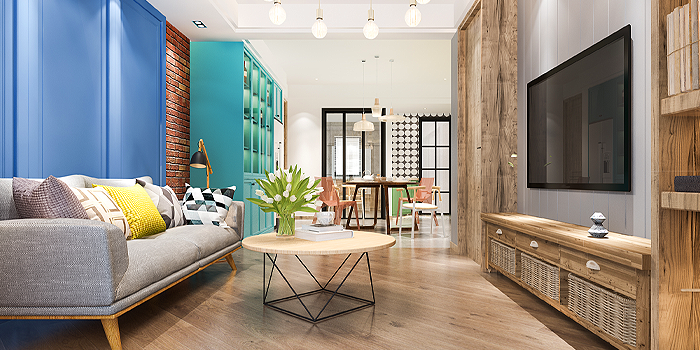
How to Choose A Ceiling Light For Your Living Room
When it comes to choosing the perfect ceiling light for your living room, it’s not just about adding a final touch; it’s about setting the entire mood of the space. The right lighting can make your living room feel warm and inviting, or bright and energising, depending on your needs.
In this article, we’ll guide you through the key factors to consider, such as the size of your room, ceiling height, and the type of lighting that will work best for your space. We’ll also explore how to select a design that complements your existing décor. By the end, you’ll feel confident in choosing a ceiling light that not only illuminates your living room but also enhances its overall style and functionality.
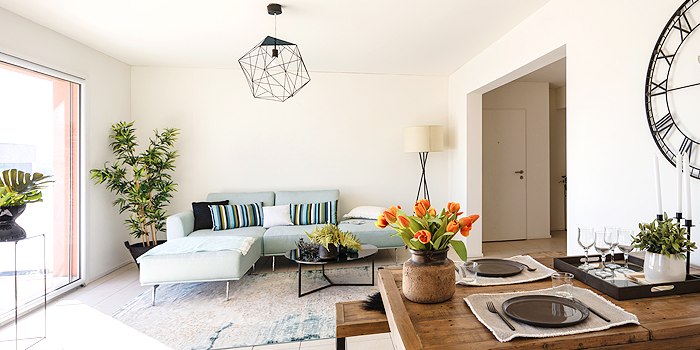
Assessing Your Living Room Space
Before you start browsing for ceiling lights, it’s essential to understand the space you’re working with. A large room may require multiple light sources or a statement fixture to provide adequate illumination, while a smaller space might benefit from a more subtle approach.
Room Size and Layout
Start by measuring your living room’s dimensions, including the length, width, and height. This will help you determine the appropriate size of the light fixture. In larger rooms, you might opt for a grand chandelier or a series of pendant lights to create a focal point. In contrast, smaller rooms may be better suited to flush or semi-flush ceiling lights that don’t overwhelm the space.
Ceiling Height
Ceiling height plays a crucial role in selecting the right light fitting. For rooms with low ceilings, you’ll want to choose a fixture that doesn’t hang too low, such as a flush mount or a low-profile semi-flush mount. On the other hand, high ceilings allow for more dramatic options like chandeliers or pendant lights that can make a bold statement.
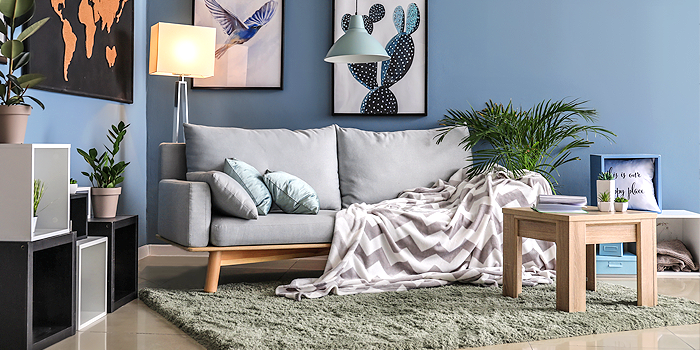
Types of Lighting: Which One Does Your Living Room Need?
When choosing a ceiling light for your living room, it’s important to consider the type of lighting that will best serve the space. Lighting isn’t just about brightness; it’s about creating the right atmosphere and ensuring the room is functional for various activities. There are three primary types of lighting to consider: ambient, task, and accent lighting.
Ambient Lighting
Ambient lighting is the general illumination that fills the room, providing a comfortable level of brightness without glare. It’s the base layer of your lighting design, setting the overall tone for the space. Ceiling lights like chandeliers, flush mounts, or recessed lighting are ideal for providing ambient light. The key is to choose a fixture that offers enough brightness to cover the entire room evenly, creating a welcoming and well-lit environment.
Task Lighting
Task lighting is more focused and functional, designed to illuminate specific areas where activities like reading, working, or playing games take place. While ceiling lights aren’t always the first choice for task lighting, certain designs, such as adjustable spotlights or pendant lights, can serve dual purposes. For example, a pendant light over a reading nook or above a coffee table can provide the direct light needed for focused tasks while also contributing to the room’s overall lighting scheme.
Accent Lighting
Accent lighting adds drama and highlights particular features within your living room, such as artwork, architectural details, or a favourite piece of furniture. Although accent lighting is often associated with wall sconces or floor lamps, ceiling lights can also play a role. Fixtures with dimmable options or directional capabilities can help you draw attention to specific areas, adding depth and visual interest to your living room.
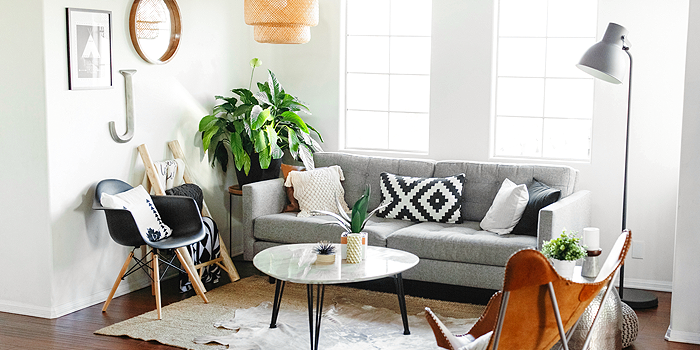
Choosing the Right Style and Design
The style and design of your ceiling light can significantly influence the overall look and feel of your living room, so it’s important to choose a fixture that complements your existing décor while making a statement of its own.
Complementing Existing Décor
When choosing a ceiling light, it’s essential to consider how it will fit with the current style of your living room. Whether your space is modern, traditional, industrial, or eclectic, there’s a ceiling light to match. For a contemporary room with clean lines and minimalistic furniture, a sleek, geometric fixture might be the perfect choice. In contrast, a traditional living room could benefit from a more ornate chandelier with intricate details and classic materials like brass or crystal. The key is to ensure that your lighting choice harmonises with the room’s design elements, enhancing the overall aesthetic rather than clashing with it.
Material and Finish Options
The material and finish of your ceiling light can also play a crucial role in defining the room’s character. Metal fixtures, such as those made from brass, copper, or matte black finishes, can add a touch of sophistication or industrial chic, depending on the design. Glass or crystal lights, on the other hand, bring an element of elegance and luxury, perfect for making a statement in a more formal living room. When choosing a finish, consider other metallic or decorative elements in the room, such as door handles, furniture legs, or picture frames, to create a cohesive look.

Practical Considerations
While style and design are crucial, practical considerations are equally important when selecting a ceiling light for your living room. Ensuring that your chosen fixture fits well with the space and serves your lighting needs is key to creating a comfortable and functional environment.
Size and Scale of the Light Fixture
One of the most important factors to consider is the size of the light fixture in relation to your living room. A light that’s too large can overwhelm the space, while one that’s too small may not provide sufficient illumination or impact. As a general rule, for rooms up to 3 metres (10 feet) wide, a ceiling light with a diameter of 45-60 cm (18-24 inches) is appropriate. For larger rooms, you may want to consider a larger fixture or multiple lights to ensure balanced lighting. Always consider the proportion of the fixture to the room and the furniture within it.
Positioning and Placement
The placement of your ceiling light can greatly influence the distribution of light throughout the room. Ideally, your main ceiling light should be positioned centrally to provide even lighting across the space. However, depending on your room’s layout, you might need to adjust this. For instance, in a living room with a distinct seating area, placing the light directly above this zone can create a more intimate and focused atmosphere. It’s also important to avoid placing lights too close to walls or in awkward corners, as this can result in uneven lighting and harsh shadows.
Dimming and Control Options
To maximise the versatility of your living room lighting, consider choosing a ceiling light with dimming capabilities. A dimmable light allows you to adjust the brightness to suit different occasions, from bright and lively gatherings to relaxed, cosy evenings. Additionally, smart lighting options offer remote control and automation features, enabling you to change the lighting intensity or colour temperature with ease. These options add a layer of convenience and flexibility, allowing you to create the perfect ambience at any time.
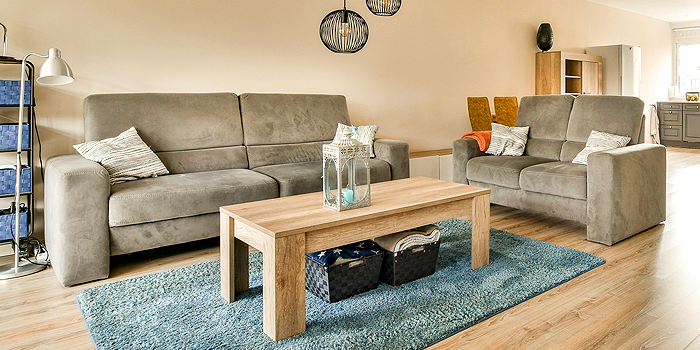
Functionality vs. Aesthetics
When choosing a ceiling light for your living room, it’s essential to strike the right balance between functionality and aesthetics. Your ceiling light should not only serve its practical purpose of illuminating the room but also contribute to the overall design and ambience of the space.
Balancing Function and Style
Finding a ceiling light that is both functional and stylish is key to creating a living room that feels cohesive and inviting. Consider how the light fixture will be used on a daily basis. For example, if your living room is a multi-functional space where you entertain guests, relax, and spend time with family, you may want to opt for a versatile lighting solution that can adapt to different activities.
A chandelier or a modern pendant light can provide ample illumination while also acting as a striking focal point in the room. Alternatively, if the room is more focused on relaxation, a fixture with softer, diffused light might be more appropriate.
Layering with Other Light Sources
Ceiling lights are just one part of a successful lighting scheme. To achieve a well-lit and visually appealing living room, it’s important to layer different types of lighting. Combining your ceiling light with other sources, such as floor lamps, table lamps, and wall sconces, can create depth and add dimension to the space.
For instance, a chandelier might provide the central ambient light, while floor lamps in corners or next to seating areas can offer task lighting for reading or activities. Wall sconces can add accent lighting to highlight artwork or architectural features. This layered approach not only enhances the functionality of the room but also allows you to create different moods and atmospheres depending on the time of day or occasion.
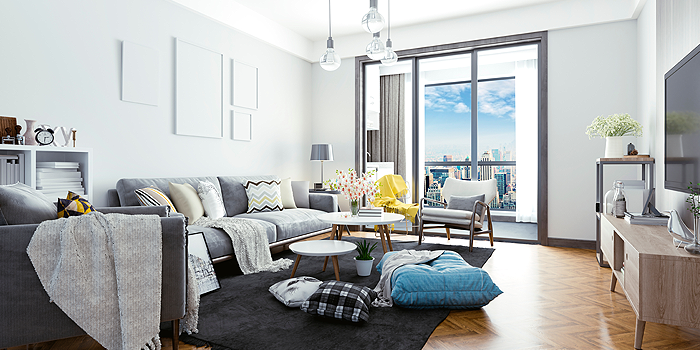
Final Tips for Making the Right Choice
As you narrow down your options and prepare to make your final decision, there are a few additional tips to keep in mind to ensure you choose the best ceiling light for your living room.
Budget Considerations
While it’s tempting to splurge on a stunning light fixture, it’s important to balance your desire for style with your budget. High-end lighting can be a worthwhile investment, adding a touch of luxury and significantly enhancing the room’s overall appearance. Take the time to explore a range of fixtures within your budget, and remember that a well-chosen light doesn’t have to be the most expensive one. Consider the longevity and energy efficiency of the fixture as well, as these factors can contribute to long-term savings.
Trends to Consider
Lighting trends are always evolving, and incorporating a trendy fixture can give your living room a fresh, modern look. Current trends may include minimalist designs, mixed materials, or bold statement pieces. However, it’s essential to balance trendy elements with timeless design, ensuring that your chosen light will still complement your space as trends change. If you’re drawn to a particularly trendy style, consider how it might fit with your overall décor and whether it can adapt to future updates in your home.
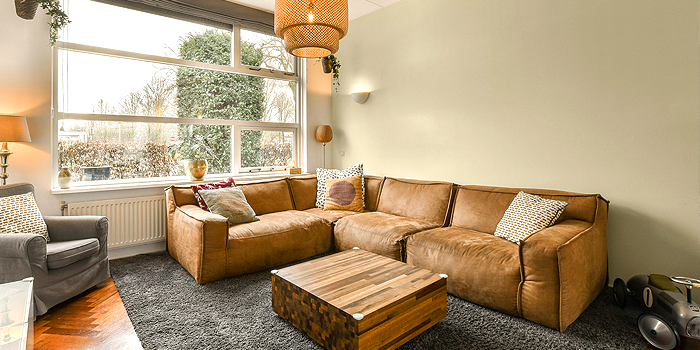
Find The Perfect Ceiling Light For Your Living Room
Selecting the right ceiling light for your living room is an essential step in creating a space that’s both functional and aesthetically pleasing. Considering the room’s size, lighting needs, and design style, means you can choose a fixture that enhances your living room’s ambience and complements your décor. Whether you’re after a statement piece or a subtle fixture, the perfect ceiling light can transform your living room into a warm and inviting space.
Ready to find the perfect ceiling light for your living room? Browse our extensive collection at Abbeygate Lighting and discover the ideal fixture to elevate your space.

